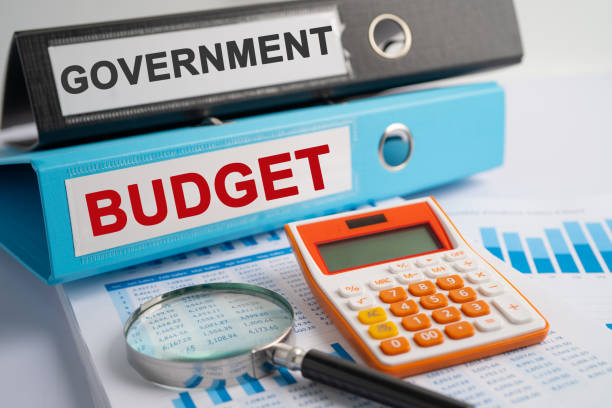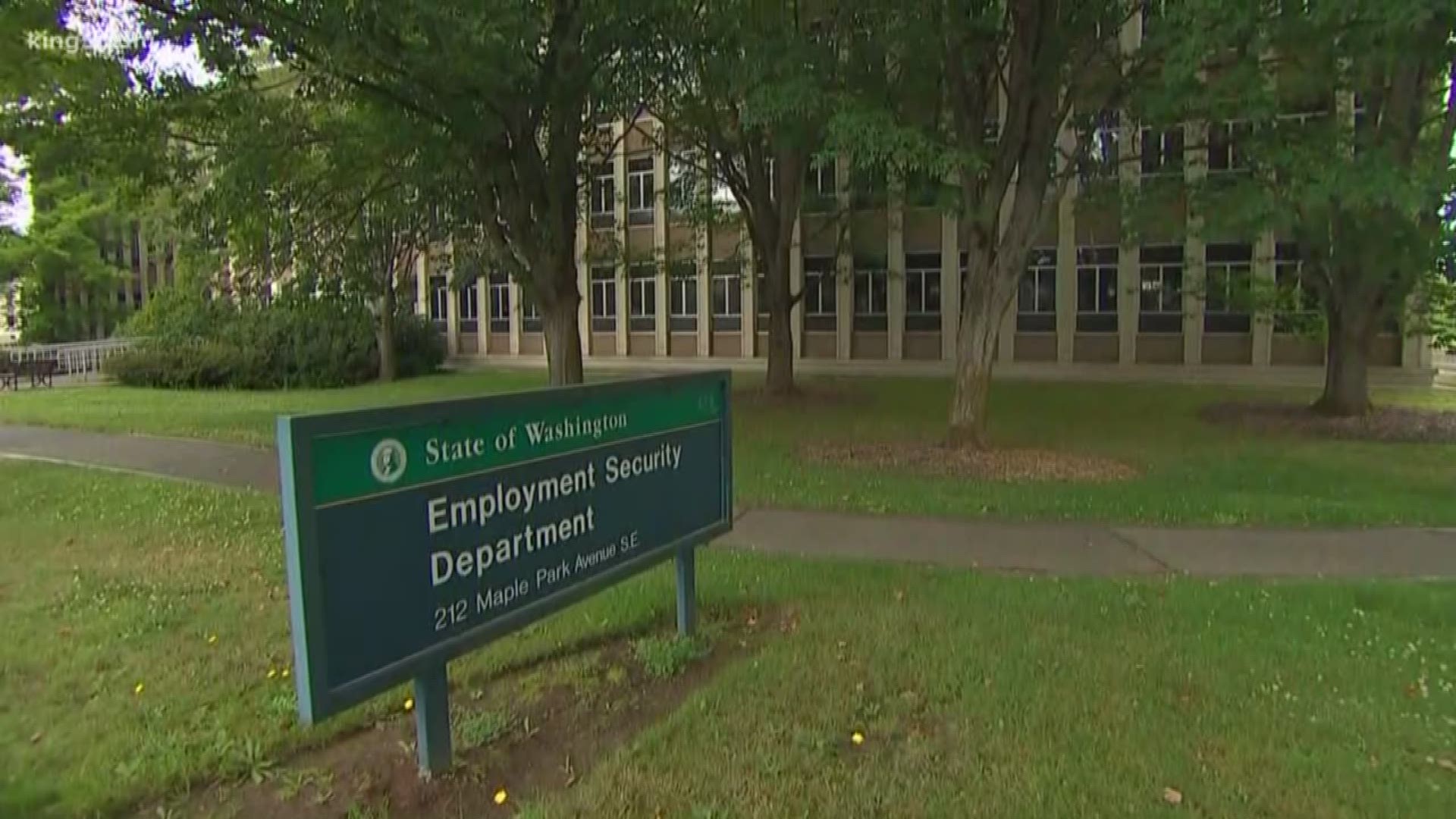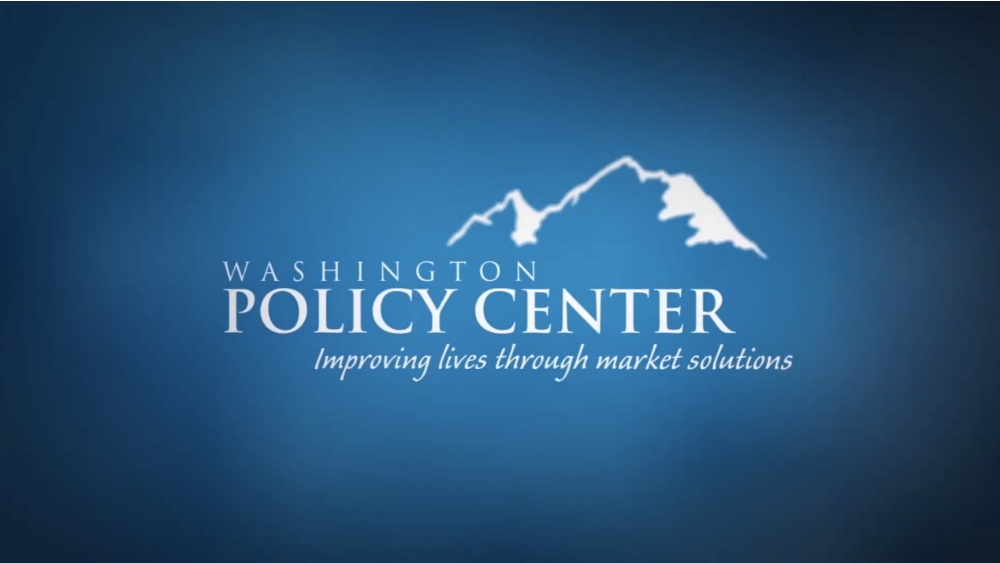The Washington State Economic and Revenue Forecast Council (ERFC) updated June forecast indicates an overall increase in projected Near General Fund revenue collections through 2029, estimated at around $8 billion more than the March 2025 forecast. The increase is primarily due to legislative changes earlier this year, such as new taxes and fees, rather than organic growth. Excluding these changes, however, reveals a revenue decline, $490 million in 2025-27 and $638 million in 2027-29, highlighting that the growth is not organic but driven by policy interventions.
May Department of Revenue collections were $32.3 million lower than forecasted driven by real estate excise tax collections that were $42.8 million (30.6%) lower than expected and a delayed $27.5 million audit payment. These figures suggest a reliance on artificial revenue increases, which could strain businesses and taxpayers, particularly small enterprises facing higher operating costs.
Washington state legislators continue to escalate spending, with the 2025-27 budget at $77.8 billion, a 6.5% increase over the previous biennium. Economic risks, such as trade policy tensions, geopolitical conflicts, and the recent passage of the federal spending cuts, could exacerbate revenue shortfalls. The current Democratic administrations approach, favoring new taxes over spending restraint, will undermine long-term economic freedom and competitiveness.
Additional risks include trade policy tensions (higher U.S. tariffs and retaliation), the Israel-Iran conflict, potential larger federal employment/spending reductions to state spending, and elevated interest rates, all of will slow the economy and reduce revenue.
From a free-market perspective, this reliance on new taxes, such as potential increases in Business and Occupation (B&O) taxes or sales taxes disproportionately burdens businesses and low-income households, driving economic activity out of state and reducing competitiveness.
Small businesses, critical to Washington’s economy, face severe consequences from these fiscal policies. Higher operating costs due to new taxes or fees could squeeze profit margins, leading to layoffs or closures. The ERFC’s forecast, by highlighting potential revenue shortfalls without legislative boosts, underscores the need for structural tax reform, such as lowering B&O tax rates or simplifying regulations, rather than increasing burdens.
The ERFC’s identification of economic risks, such as geopolitical conflicts and inflation, suggests that Washington’s fiscal position is precarious. Reserve funds may be depleted to cover deficits, increasing vulnerability to future shocks. Washington states reliance on new taxes, potential revenue shortfalls from economic factors, and unsustainable spending trends.
The Washington Policy Center urges lawmakers to reject short-term fixes like tax increases and embrace fiscal discipline, tax reform, and market-driven policies to build a stronger, more resilient economy.






